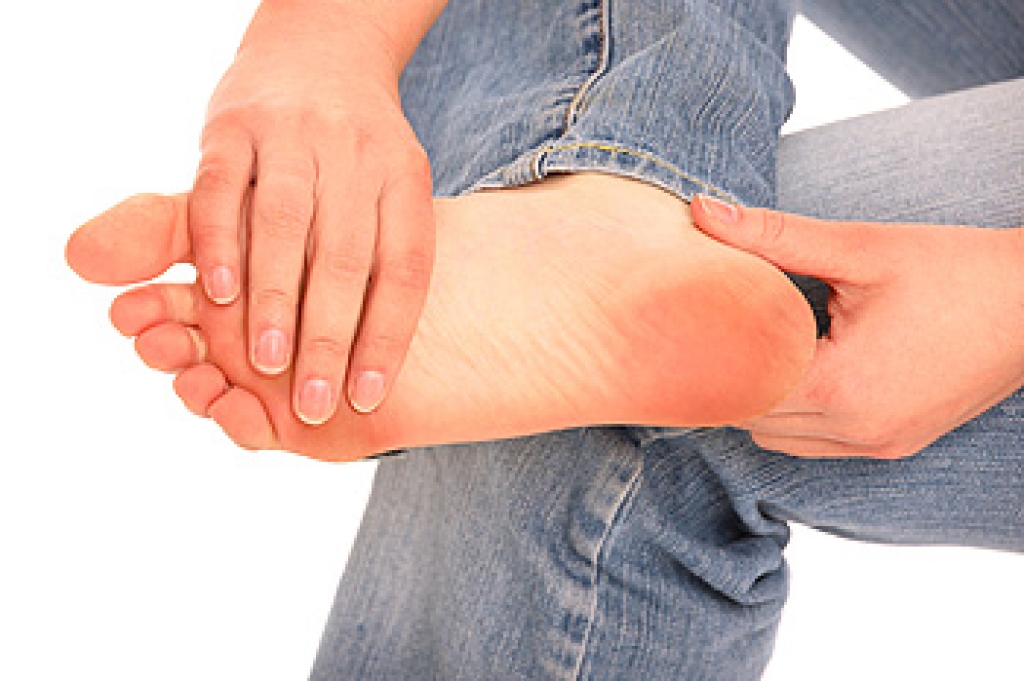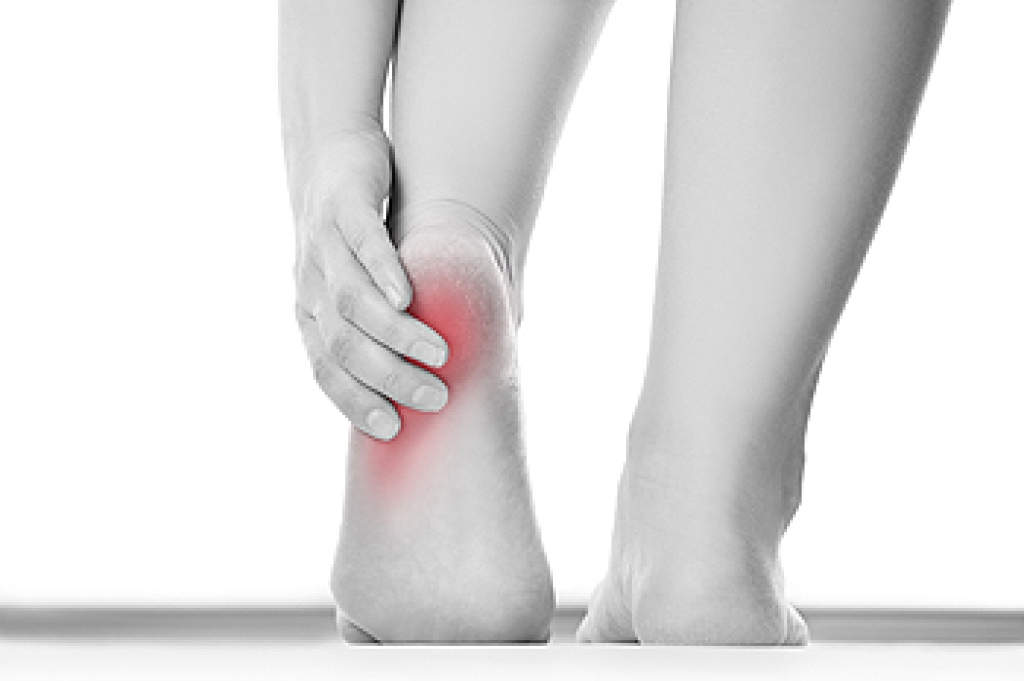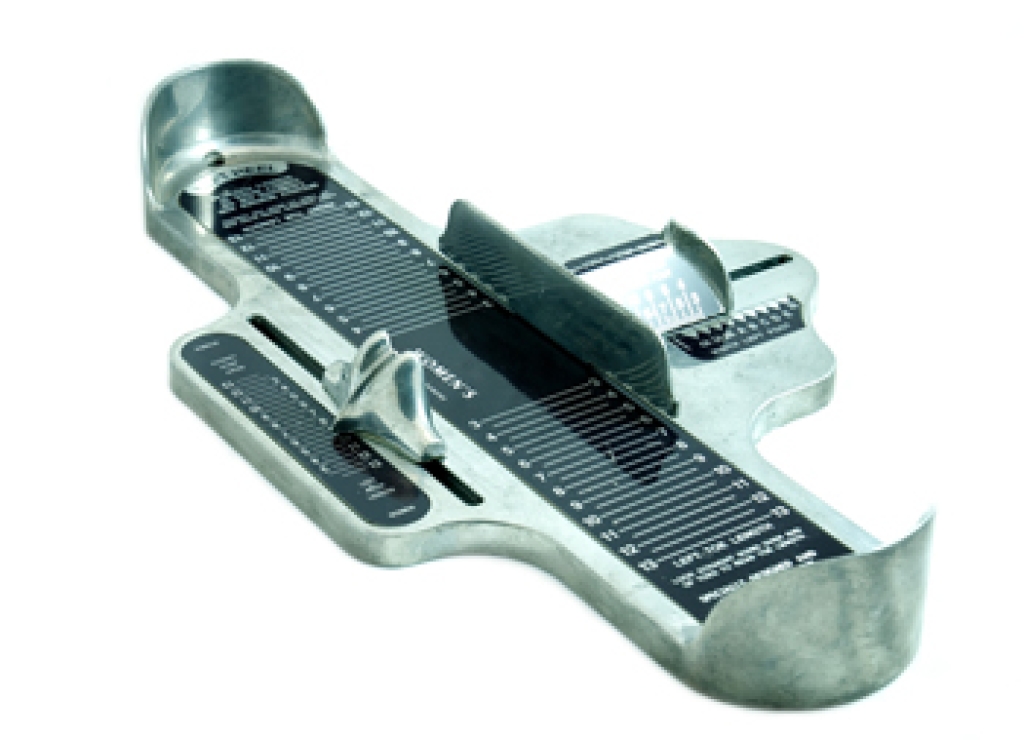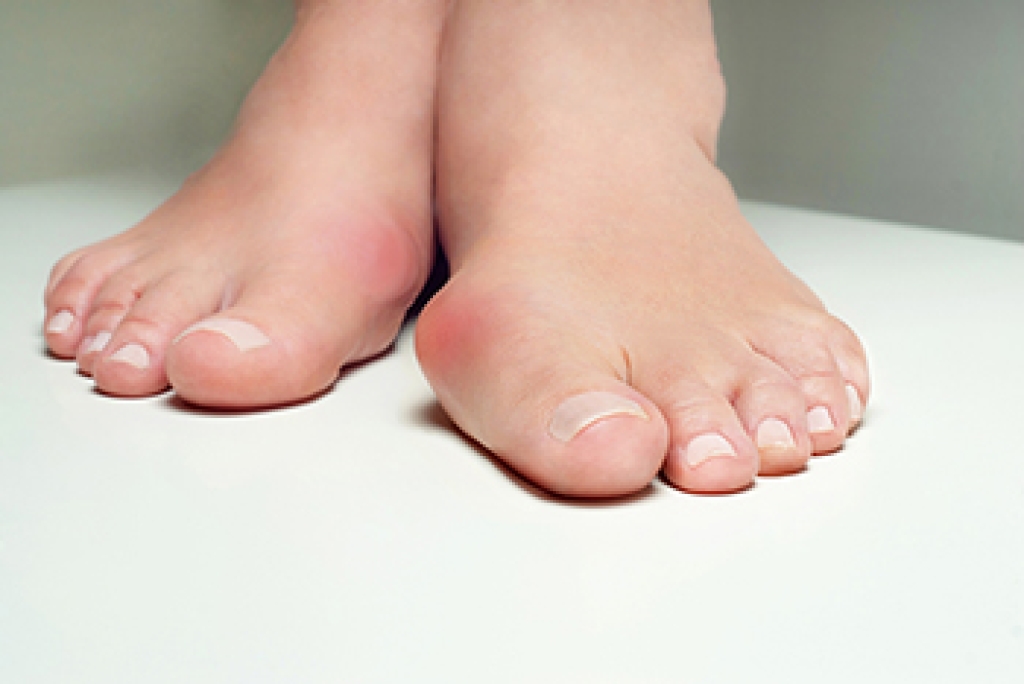
Because we depend on our feet to get us around all day long, it’s really a problem when they begin to hurt. Sometimes it is a temporary pain, mainly from fatigue or shoes that do not give enough support. But if pain lingers or grows more intense, it is time to look for a cause. The top three causes of foot pain are bunions, ingrown toenails and plantar fasciitis. Other causes include arthritis, stress fractures and athlete’s foot. Bunions are caused primarily by improper footwear, especially high heels with pointy toes or shoes that are too small. This can cause a malformation of the big toe and lead to extreme discomfort. Ingrown toenails are also caused by footwear that is too tight, along with toenails that are improperly cut. The nail grows into the skin and can become inflamed, infected and painful. Plantar fasciitis occurs when the muscles under the foot become tight, usually from repetitive use, putting pressure on the heels. Exercises can help to relieve this painful condition. For any foot problems that become exceedingly painful, it is a good idea to make an appointment with a podiatrist for a diagnosis and treatment plan.
Foot Pain
Foot pain can be extremely painful and debilitating. If you have a foot pain, consult with Andrew Katz, DPM from Allcare Foothealth Center. Our doctor will assess your condition and provide you with quality foot and ankle treatment.
Causes
Foot pain is a very broad condition that could be caused by one or more ailments. The most common include:
- Bunions
- Hammertoes
- Plantar Fasciitis
- Bone Spurs
- Corns
- Tarsal Tunnel Syndrome
- Ingrown Toenails
- Arthritis (such as Gout, Rheumatoid, and Osteoarthritis)
- Flat Feet
- Injury (from stress fractures, broken toe, foot, ankle, Achilles tendon ruptures, and sprains)
- And more
Diagnosis
To figure out the cause of foot pain, podiatrists utilize several different methods. This can range from simple visual inspections and sensation tests to X-rays and MRI scans. Prior medical history, family medical history, and any recent physical traumatic events will all be taken into consideration for a proper diagnosis.
Treatment
Treatment depends upon the cause of the foot pain. Whether it is resting, staying off the foot, or having surgery; podiatrists have a number of treatment options available for foot pain.
If you have any questions, please feel free to contact our office located in Palmdale, CA . We offer the newest diagnostic and treatment technologies for all your foot care needs.




